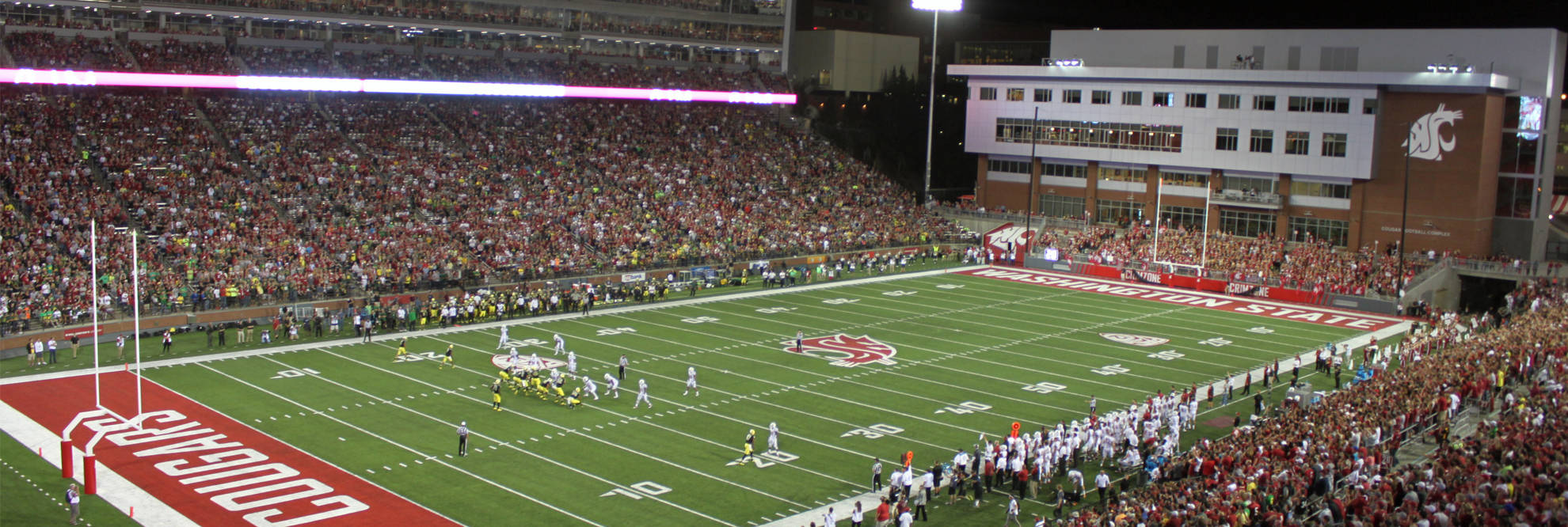
Kickers in the NFL and NCAA are notoriously hated when they miss a field goal, but it turns out field goals are not as simple as they seem.
A field goal is one of the many examples of projectile motion in sports. Projectile motion, is when an object is traveling through the air with an initial velocity and is being acted upon only by gravity. In a real football game, there are other forces acting on the ball in the air, namely air resistance. However the calculations with air resistance are beyond the scope of this page and the assumption that there is no air resistance gives an accurate estimate of the football's motion.
Momentum
Momentum is how the kicker will give a bigger force to the ball when it is kicked. The law of conservation of momentum states that momentum before always equals momentum after. That means, in the system of the ball and the kicker, the momentum of the two objects before will equal the momentum after. Momentum is described as mass times velocity. This means that if the kicker has a higher velocity when he kicks the ball, the ball will have a higher velocity and therefore travel farther. This is why kickers find it essential to get a running start at their kicks
Projectile Motion
The equations for projectile motion can be found under the basketball section of the page, and the calculations are exactly the same. Once the ball is kicked, it is no longer affected by any other force besides gravity (under the assumption that air resistance is negligible). Therefore by simply knowing the initial velocity of the football, which is found by using momentum you can tell how fast the ball must be kicked to reach the goal posts.